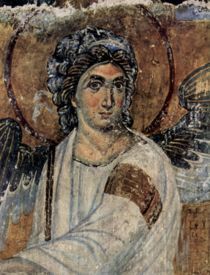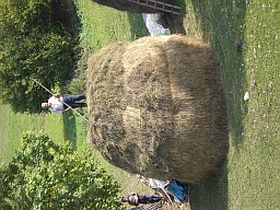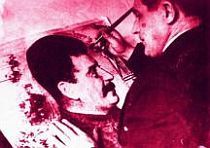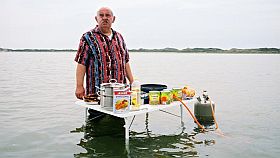


Jan Vrijman Fund Films at idfa
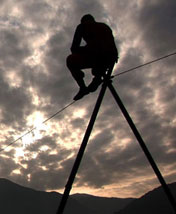
It is a very good move that the Jan Vrijman Fund supported films are to be seen at idfa. It is very often among these low budget documentaries that you find films that are made out of necessity and heart. By filmmakers who do not live in countries with strong support systems, and/or in political systems where political and social criticism is not welcomed. Here is the press release inclding the list of the films: A total of 22 films realised with support from the Jan Vrijman Fund have been selected for IDFA 2009. A variety of films representing all Southern continents and made in different styles. Films dealing with a diversity of subjects ranging from a portrait of Pablo Escobar’s Son, keeping a family together in changing China to the survival of the last tightrope dancer in Armenia.
The Jan Vrijman Fund films selected for IDFA 2009 have been programmed in the following sections: Feature Length Competition: Last Train Home by Lixin Fan, 9 Months 9 Days by Oscar Ramírez Gonzalez Short Length Competition: All Restrictions End by Reza Haeri First Appearance Competition: Addicted in Afghanistan by Jawed Taiman, Sins of my Father by Nicolas Entel Reflecting Images – Panaroma: The Belgrade Phantom by Jovan Todorovic, Dead Youth by Leandro Listorti, For Home Viewing by Mikhail Zheleznikov, Gipsy in the Flower by Ju Anqi, Island Belarus by Victor Asliuk, The Last Tightrope Dancer in Armenia (PHOTO) by Inna Sahakyan and Arman Yeritsyan, NARGIS when time stopped breathing by young Burmese filmmakers, Nero’s Guests by Deepa Bhatia, News by Bettina Perut and Ivan Osnovikoff, The Peddler by Adriana Yurcovich, Eduardo de la Serna and Lucas Marcheggiano, A Place called los Pereyra by Andrés Livov-Macklin, Shungu: The Resilience of a People by Saki Mafundikwa, Story of a Day by Rosana Matecki, The Tight Rope by Nuria Ibáñez, They Come for the Gold, They Come for it All by Cristian Harbaruk and Pablo d’Aló Abbá, Together by Nenad Puhovski, Women in Shroud by Farid Haerinejad and Mohammad Reza Kazemi.

